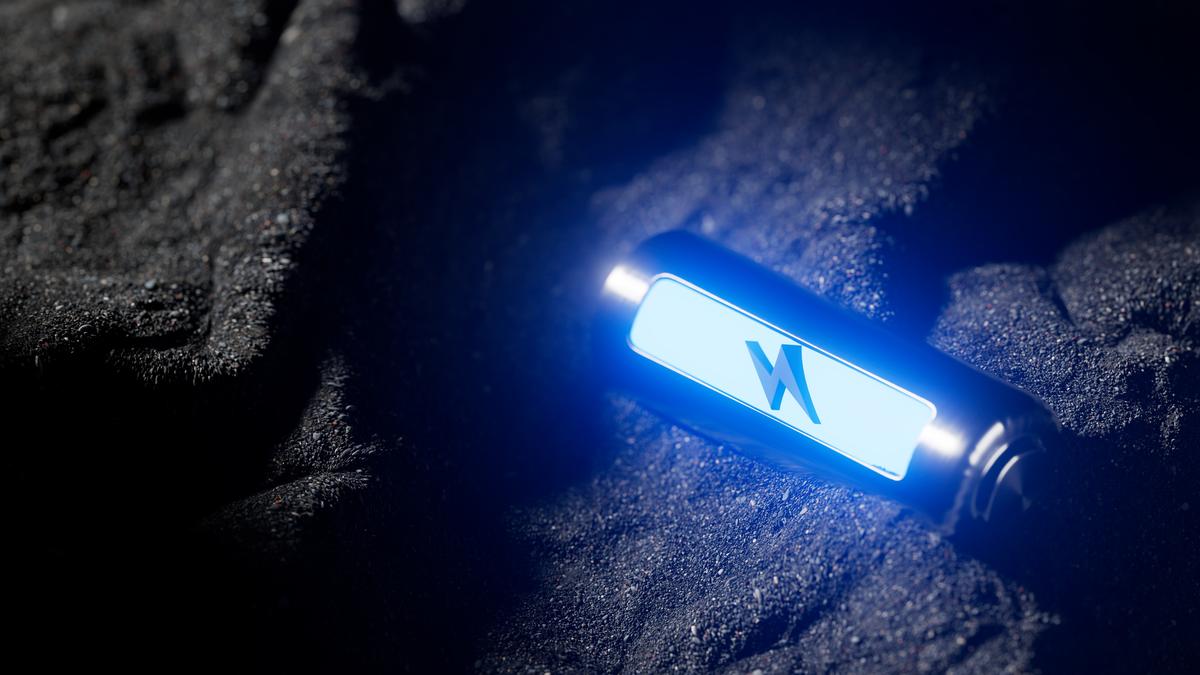India’s ambition to be a global leader in clean energy and sustainable growth depends on securing critical minerals such as lithium, cobalt and Rare Earth Elements (REEs). These minerals drive key technologies — electric vehicles (EV), solar panels, wind turbines and energy storage — making them vital to India’s green transition and long-term energy goals. As the country aims to achieve 500 GW of renewable energy capacity by 2030 and net zero emissions by 2070, ensuring the supply of critical minerals and rare earths becomes important. India’s reliance on imported critical minerals amid global competition demands stronger domestic mining, better infrastructure and global partnerships.
Investing in mines and modern recycling technologies will build resilient supply chains and advance the Atmanirbhar Bharat vision in the clean energy race.
Critical minerals in India’s green transition
Critical minerals are indispensable to India’s clean energy goals. Lithium and cobalt are essential for EV batteries, with India’s EV market projected to grow at a compound annual growth rate (CAGR) of 49% from 2023 to 2030. This will be driven by government initiatives such as the Electric Mobility Promotion Scheme (EMPS) 2024. In 2023, India’s battery storage market was valued at $2.8 billion, with demand expected to surge as renewable energy adoption accelerates.
However, India’s reliance on imports for these minerals — nearly 100% for lithium, cobalt, nickel and over 90% for REEs — exposes it to supply chain vulnerabilities. Geopolitical tensions, trade restrictions and global competition, particularly from countries such as China (which controls 60% of global REE production and 85% of processing capacity), underscore the urgency of building a self-reliant supply chain to achieve its clean energy ambitions, industrial growth and national security.
India has vast untapped mineral potential, with lithium in Jammu and Kashmir (J&K) and Rajasthan, and REEs in Odisha and Andhra Pradesh. The National Mineral Exploration Policy (NMEP), launched in 2016 and subsequent developments through the Mines and Minerals (Development and Regulation) Act in 2021 has accelerated exploration by encouraging private participation and using advanced geophysical surveys. In 2023, the Geological Survey of India identified 5.9 million tonnes of inferred lithium resources in J&K, a promising step toward domestic production. Last year alone, auctions of 20 critical mineral blocks covering lithium, graphite and REEs attracted bids from both Indian and multinational companies, signalling growing investor interest.
Exploration is just the first step. With India contributing less than 1% of the global REE production, it must rapidly build processing and refining capacity through public-private partnerships. Private partners can bring advanced processing technologies and support recycling infrastructure, while domestic lithium and cobalt pilots need greater government backing through subsidies, tax breaks and research grants to scale effectively.
Investment in mines
Investment in domestic mining is central to India’s critical mineral strategy. The Mines and Minerals (Development and Regulation) Amendment Act, 2023 opened up private exploration, but the sector still faces high costs, regulatory hurdles and environmental concerns. In 2022, mining contributed just 2.5% to India’s GDP, compared to 13.6% in Australia. To bridge this gap, the government must streamline licensing processes and offer financial incentives such as production-linked subsidies to attract private capital. The Government of India has launched the National Critical Mineral Mission (NCMM) with a ₹34,300 crore plan to strengthen value chains across exploration, mining, processing and recovery from end-of-life products.
State-backed companies such as the NMDC have diversified through their Australian arm, and outlined plans to enter the critical minerals sector. IREL (India) Limited (formerly Indian Rare Earths Ltd) is preparing to extract neodymium, praseodymium, and dysprosium, but both need stronger private partnerships for greenfield projects. KABIL (Khanij Bidesh India Ltd.), formed in 2019 to secure overseas mineral assets, must expedite acquisitions. Meanwhile, the government has bolstered domestic supply security through the E-Waste (Management) Rules, 2022, to enhance critical mineral recovery and recycling.
Moving towards a circular economy
Upgrading India’s mining and processing infrastructure is equally critical. Modernising infrastructure requires significant investment in mechanised mining equipment, automated processing plants and waste management systems. Infrastructure upgrades also extend to recycling. India generates close to four million metric tonnes of e-waste annually, yet only 10% is formally recycled. Advanced recycling facilities could recover critical minerals, strengthening the circular economy. The Battery Waste Management Rules, 2022 set recycling targets, but weak implementation and limited infrastructure pose challenges. Public-private hubs could boost recycling technologies, cut costs and reduce environmental impact.
India’s clean energy transition and industrial growth depend on securing critical minerals through mine development and a circular economy. Priority should be given to operationalising mining leases, investing in mines, upgrading recycling, fast-tracking exploration in Chhattisgarh, promoting urban mining, and boosting research and development to cut import dependence, create jobs and drive innovation.
The National Critical Mineral Mission and recent auctions are positive steps, but their success requires strong state support, clear policies and public-private collaboration. A robust mineral ecosystem will drive India’s EV, solar and storage goals while positioning it as a green economy leader.
Alkesh Kumar Sharma is Member, Public Enterprises Selection Board and a former Secretary, Ministry of Electronics and IT
Published – October 16, 2025 12:08 am IST

